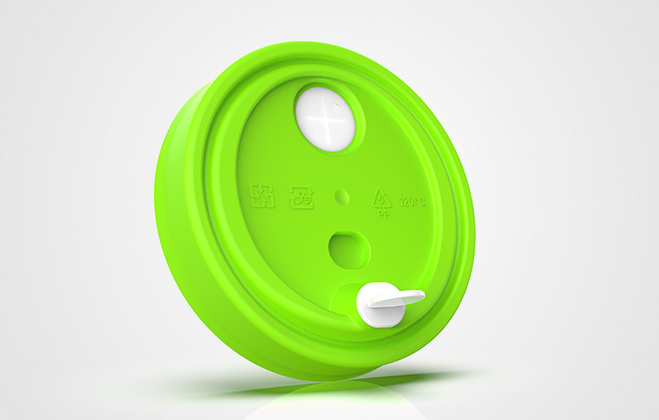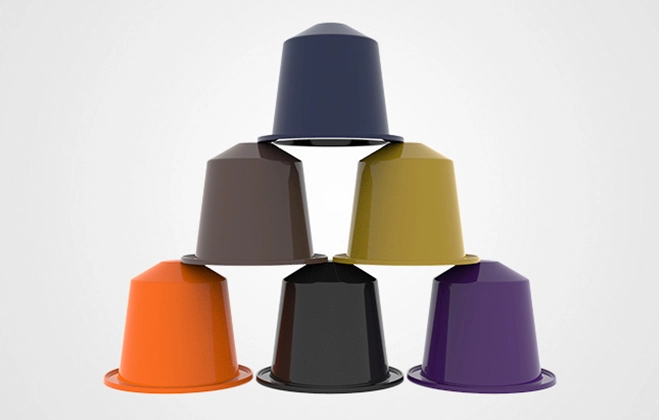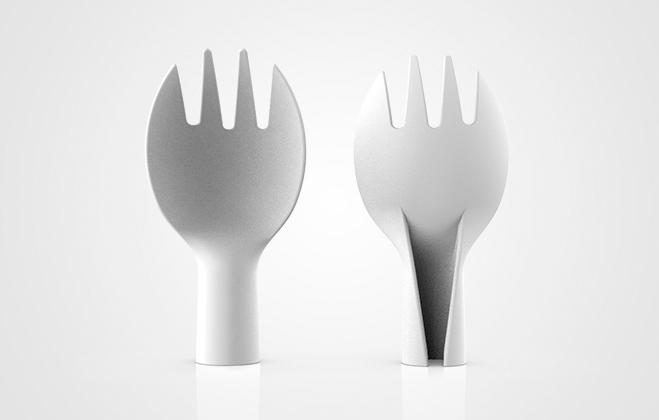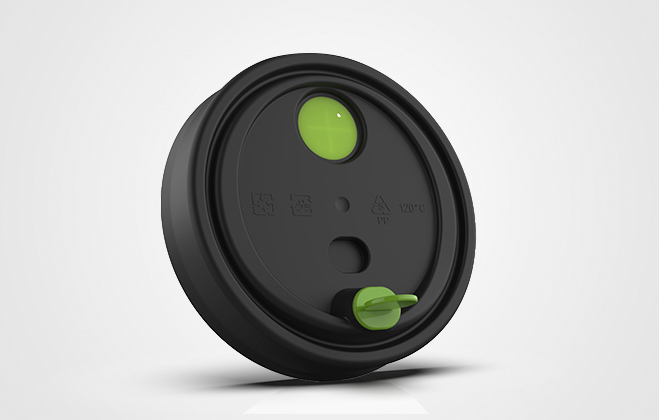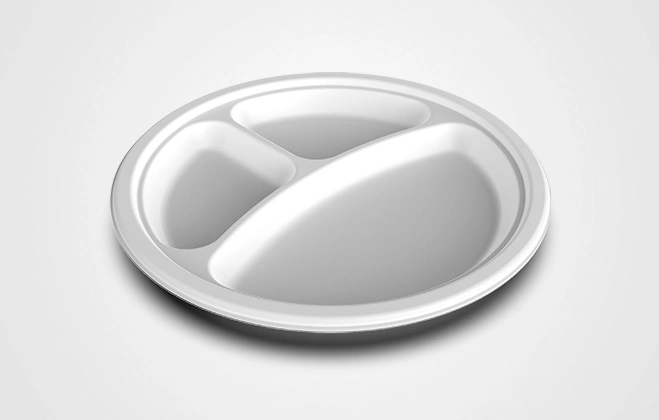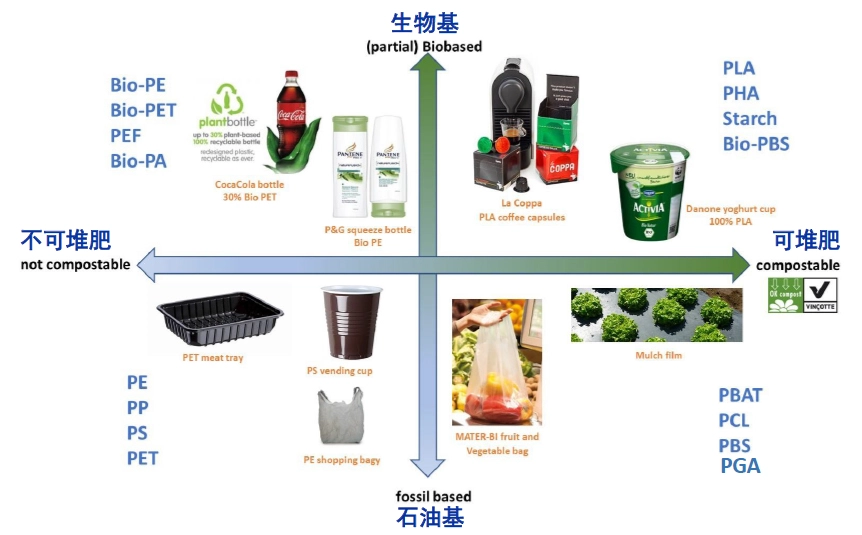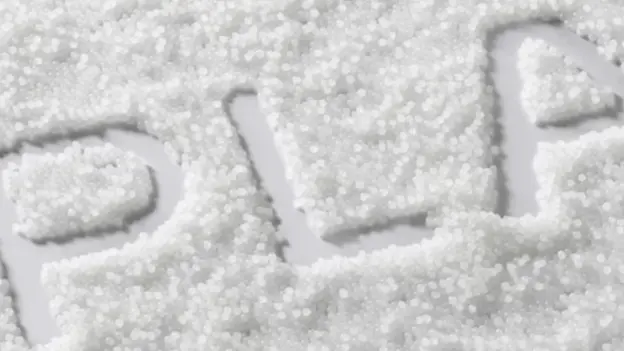Since its inception, plastics have been widely used in various fields of the national economy, such as the packaging industry and disposable products industry, which has brought great convenience to human production and life. However, its huge amount of use and waste has led to increasingly serious environmental pollution, including river pollution, farmland film pollution and marine plastic pollution.
Biodegradable materials refer to a type of plastic whose properties meet the requirements for use during the storage period and can be degraded into environmentally harmless substances under natural environmental conditions after use. It is considered to be one of the effective ways to solve the problem of plastic pollution. one.
| Serial Number | Biodegradable Materials | Name Abbreviation |
| 1 | Polylactic Acid | PLA |
| 2 | Polybutylene Succinate | PBS |
| 3 | Poly(butanediol succinate-co-adipate) | PBSA |
| 4 | Poly(butylene terephthalate-co-adipate) | PBAT |
| 5 | Polyhydroxy fatty acid ester | PHA |
| 6 | Polypropylene carbonate | PPC |
| 7 | Polyglycolic acid | PGA |
| 8 | Polycaprolactone | PCL |
Common biodegradable materials and names on the market
Among them, PLA, PBS and PBAT have a relatively high degree of industrialization. Different biodegradable materials have different characteristics and have their own advantages and disadvantages. In order to promote the understanding and understanding of biodegradable materials, this article comprehensively compares the above-mentioned biodegradable materials in terms of productivity, comprehensive performance and application fields.
Capacity Situation
PLA and PBS/PBAT are the two degradable materials with the largest current production capacity, and the global production capacity has reached 300,000 t/a. Moreover, with the overall global "plastic limit" policy improving, the PLA and PBS/PBAT material markets have also become very hot, and the production capacity is expected to increase significantly by 950,000 t/a and 500,000 t/a in the next 10 years. It can effectively alleviate the current shortage of biodegradable materials.
Of course, most of these planned projects are in the preparatory stage, and it is unknown whether they can be put into production on schedule. However, this shows to a certain extent that PLA and PBS/PBAT materials are currently the most recognized biodegradable materials on the market.
It is worth noting that PGA, PCL, PHA, and PPC biodegradable materials usually have unique properties that PLA, PBS, and PBAT do not have. For example, PGA has excellent mechanical strength and gas barrier properties, and its application potential in fields such as oil and gas well fracturing balls and high gas barrier packaging materials is very large. At present, the cost of PGA produced by the coal chemical route in China is expected to be reduced to 10,000 yuan/t, and its application scope is expected to extend from the low-volume high-end biomedical materials field to the large-scale high-performance materials field.
Comprehensive Performance
Polyethene (PE) is a widely used traditional plastic and the main substitute for biodegradable materials. PE has excellent crystallinity, water vapor barrier properties and weather resistance, these properties can be collectively referred to as "PE characteristics."
In fact, the current common biodegradable materials are basically aliphatic polyesters, such as PLA and PBS, which can be roughly regarded as PE containing ester bonds. The ester bonds in the molecular chain give it biodegradability, and the fatty chain gives it Its "PE characteristics". Promising biodegradable materials need to have both biodegradability and "PE characteristics". Therefore, it is very necessary to compare the comprehensive performance of biodegradable materials and polyethene.
| Product | Melting Point/℃ | Tensile Strength/MPa | Extension Rate/% | Degradation Rate | Oxygen Barrier | Water Vapor Barrier |
| PLA | 180 | 60 | 6 | Moderate | Ordinary | Ordinary |
| PBS | 120 | 40 | 400 | Fast | Unknown | Unknown |
| PBAT | 120 | 18 | 750 | Moderate | Poor | Poor |
| PPC | - | 13 | 650 | Moderate | Slightly Higher | Slightly Higher |
| PCL | 60 | 20 | 300 | Slow | Unknown | Ordinary |
| PHA | 145 | 30 | 10 | Fast | Slightly Higher | Slightly Higher |
| PGA | 225 | 80 | 10 | Super Fast | High | High |
| LDPE | 110 | 12 | 148 | NO | Poor | High |
Comparative analysis of the comprehensive performance of several biodegradable materials and general-purpose plastic low-density polyethylene (LDPE)
The characteristics of different biodegradable materials are also different, each has its own advantages and disadvantages, but none of them fully possess the "PE characteristics". The melting points and mechanical properties of PBAT and PBS are equivalent to those of PE, indicating that they can basically cover the application of PE in the disposable product industry, but compared with PBAT and PBS, there are defects of too fast hydrolysis rate and poor storage stability; the melting point of PLA is The strength is higher than PE, but the tensile toughness and crystallinity are significantly lower. After modification such as toughening and crystallization promotion, it can basically cover the application of PE in the disposable product industry.
Application Field
According to China's statistics in 2018, the consumption of disposable plastic products in China is as high as 20 million tons, accounting for 33% of domestic plastic products output. In theory, PLA and PBAT can replace all disposable plastic products, that is, a market with a potential market capacity of more than 20 million tons.
| Material | Daily Plastic | High-performance Plastic | High-end Biomedical Materials |
| Garbage Bag | Meal Box | Fiber | Agricultural Film | High-barrier Packaging | Surgical Suture | Drug Carrier |
| PLA | √ | √ | √ |
|
|
|
|
| PBAT | √ | √ |
| √ |
|
|
|
| PCL |
|
|
|
|
| √ | √ |
| PHA |
|
|
|
|
| √ | √ |
| PGA |
|
|
|
| √ | √ |
|
The main application areas of some biodegradable materials at this stage
Epilogue
At present, PLA and PBS/PBAT are the two degradable materials with the largest output, and they are highly recognized in the market. They are most likely to replace the existing non-degradable plastics PE and PP in a large range for use in the field of disposable plastic products. Other biodegradable materials currently have limited production capacity and the market is concentrated in the field of high-end biomedical materials with high added value. They cannot compete with PLA and PBS/PBAT materials in terms of replacing general-purpose plastics. However, the large-scale industrialization process of these biodegradable materials with unique properties is accelerating, and it is expected to have broad development prospects in the future.
 English
English 日本語
日本語 한국어
한국어 français
français Deutsch
Deutsch Español
Español русский
русский português
português العربية
العربية ไทย
ไทย Malay
Malay